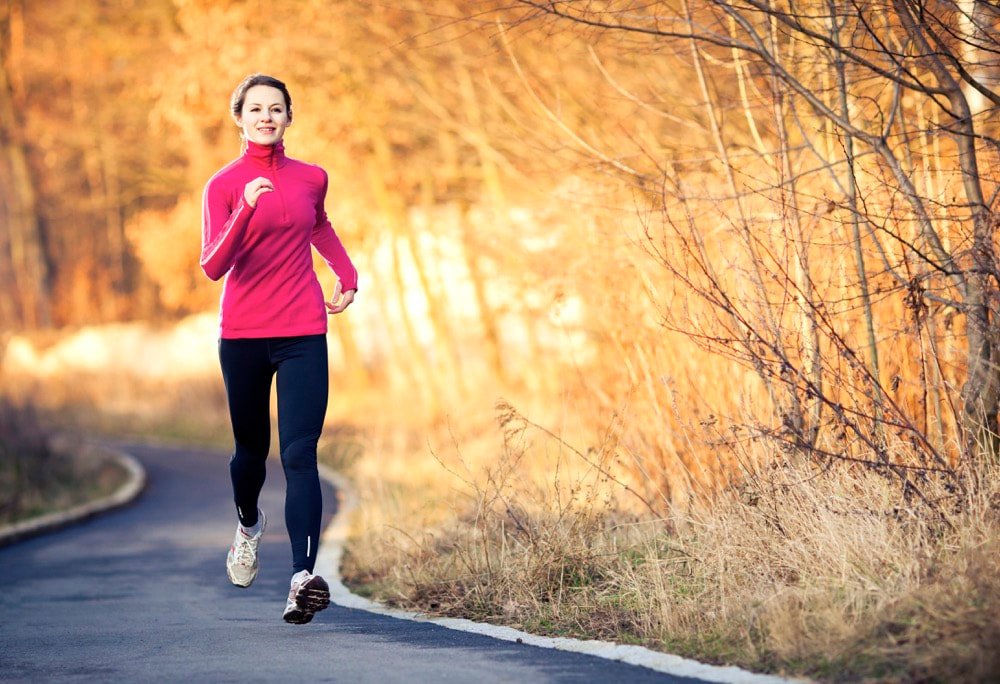The idiom “chilled to the bone” is used to express when one is very cold. It is most commonly used to refer to strenuous physical activities that take place outdoors. For instance, a runner might say he is “chilled to the bone” after a long run. Or, someone who has to work outside all day in the cold may actually BE chilled to the bone, meaning his body temperature has decreased and he is actually “feeling” the cold.
We won’t be experiencing low temperatures that may create hypothermia or frostbite in El Paso next week, but it’s going to be cold and you should be aware of the effects this cold could potentially have on your body:
- Cold diminishes the immune response. Cold weather results in less blood supply to the extremities in order to preserve body heat in the core of the torso and head. The immune system is depressed to some degree by cold weather which particularly affects the upper respiratory tract when cold air is breathed in. Be sure to dress appropriately for the weather so you feel less affected by the falling temperatures should you find yourself outside for any length of time.
- In terms of infectious illnesses, germs make you sick, not cold weather itself. You have to come in contact with rhinoviruses to catch a cold. And, you need to be infected with influenza viruses to contract the flu. But, rhinoviruses do peak in fall, (and influenza viruses peak in winter). To protect yourself, get your flu shot.
- If your temperature falls too low, your body will try and generate its own heat through shivering. The muscles and organs will shake to help produce heat your body can't get elsewhere, and the colder you get, the more intense the shivering will get. If you are already feeling pain in your body, the shivering may make it feel more intense.
- Asthma sufferers may feel worse in colder weather. Breathing cold air in quickly through the mouth, such as when walking or working outside, has been known to trigger lung spasms. Wearing a scarf or face mask can help, as can remembering to breathe through the nose to help warm air before it enters the lungs.
- Finally, migraines seem more frequent and intense in cold weather. With falling temperatures comes falling barometric pressure, an atmospheric change that can be so intense, it leads sinus issues which can lead to more migraines.
The changing temperatures may make you feel sick or more pain, but it probably has less to do with the actual temperature change and more to do with environmental effects associated with those changes.









